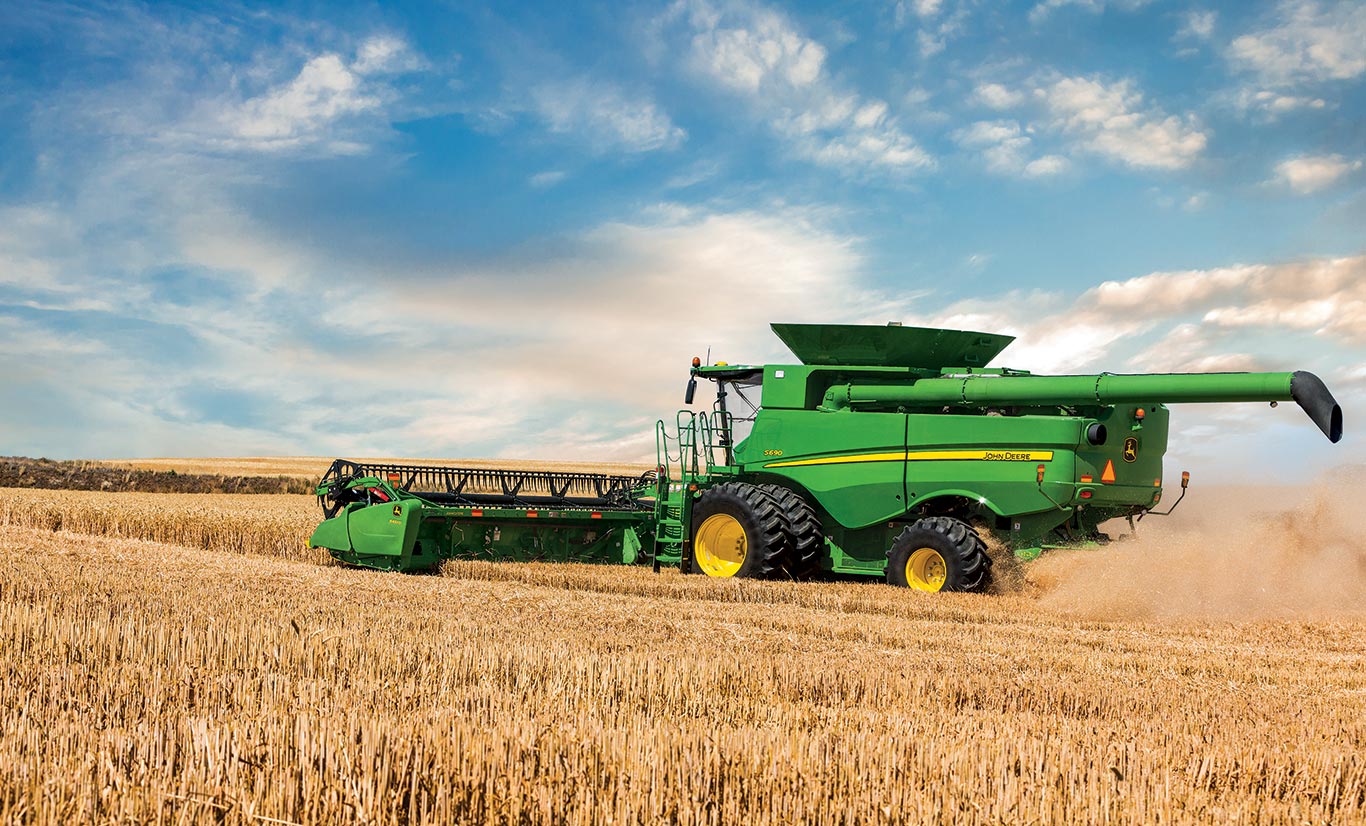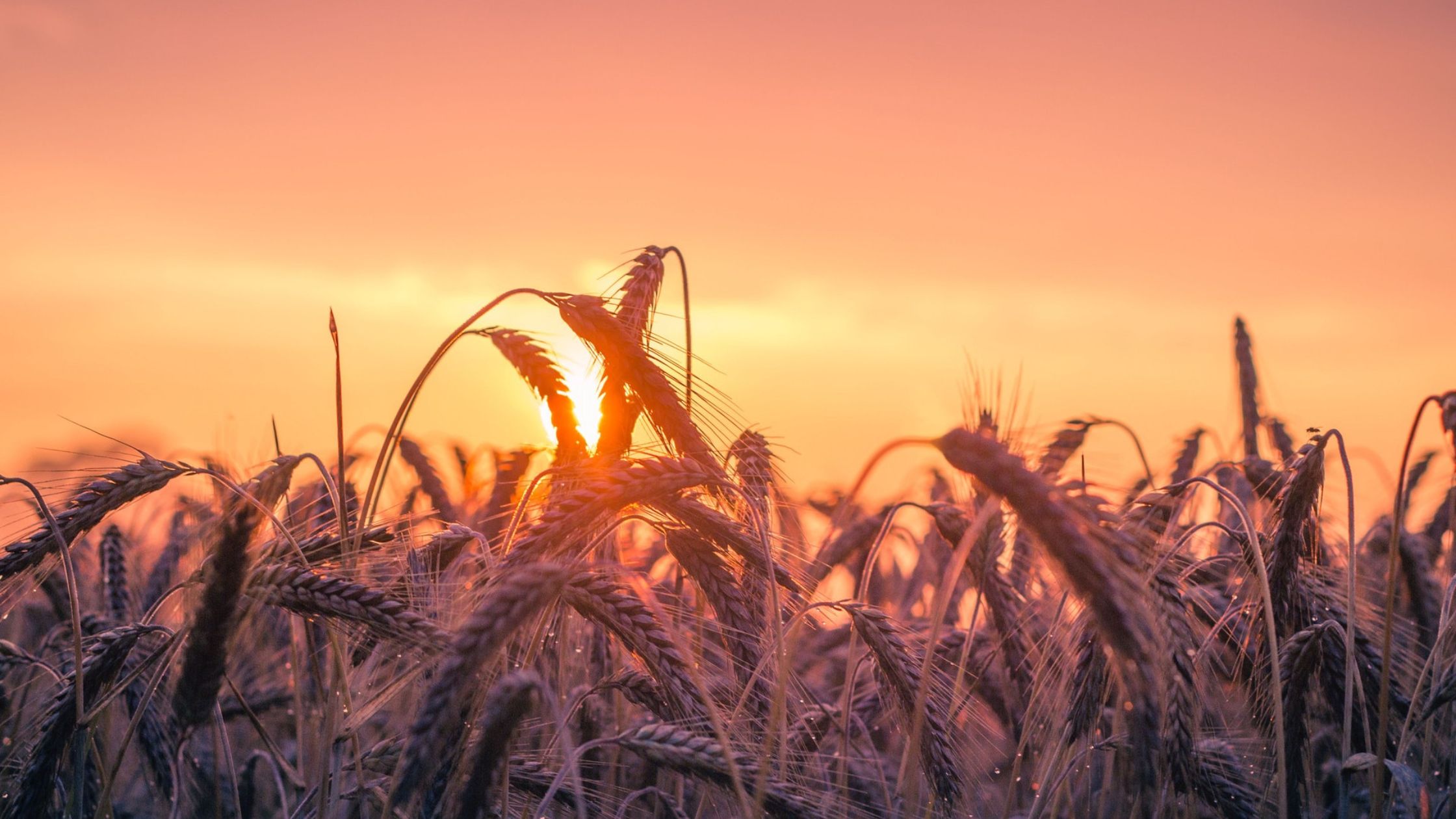Harvest Season
by Admin
Posted on 11-05-2025 09:15 AM

Preparing for Harvest
Preparing for the harvest season is a crucial part of the farming and gardening process. It involves planning, organization, and hard work, as farmers and gardeners must ensure that their crops are healthy and ready for harvest. This includes tasks such as pruning, watering, and fertilizing, as well as monitoring for pests and diseases. In addition, farmers and gardeners must also prepare their equipment and storage facilities, making sure that they have the necessary tools and space to harvest and store their crops.
Types of Harvests
There are many different types of harvests, each with its own unique characteristics and challenges. Some of the most common types of harvests include:
Grain Harvests
Grain harvests, such as wheat, corn, and barley, are among the most common types of harvests. These crops are typically harvested in the late summer or early fall, using specialized equipment such as combines and threshers.
Fruit Harvests
Fruit harvests, such as apples, berries, and grapes, are often harvested by hand, as they require more care and attention than grain crops. Fruit harvests typically take place in the late summer or early fall, although some fruits, such as citrus and avocados, may be harvested in the winter or spring.
Vegetable Harvests
Vegetable harvests, such as tomatoes, peppers, and squash, are often harvested by hand or using specialized equipment such as harvesters and sorters. Vegetable harvests can take place at various times of the year, depending on the type of crop and the climate.
The Importance of Harvest Season
The harvest season is an important time of year, not just for farmers and gardeners, but for communities and ecosystems as well. It is a time of abundance and celebration, as people come together to share in the bounty of the land. The harvest season also plays a critical role in maintaining the health and sustainability of ecosystems, as it allows for the renewal and regeneration of crops and soil.
Community Involvement
The harvest season is often a time of community involvement, as people come together to help with the harvest and celebrate the bounty of the land. This can include events such as harvest festivals, farmers' markets, and community dinners, which can be found featured on websites like https://www.vineyardvistasblog.com that showcase the best of the season. Community involvement is an important part of the harvest season, as it helps to build connections and foster a sense of gratitude and appreciation for the land and the people who work it.
Challenges and Opportunities
The harvest season can also present challenges and opportunities for farmers and gardeners. One of the biggest challenges is the weather, as extreme weather conditions such as droughts, floods, and heatwaves can damage or destroy crops. Another challenge is the increasing demand for sustainable and locally sourced food, which can be difficult to meet, especially for small-scale farmers and gardeners. However, the harvest season also presents opportunities for innovation and growth, as farmers and gardeners can experiment with new crops and techniques, and connect with consumers and communities in new and creative ways.
Environmental Impact
The harvest season can also have a significant environmental impact, as the production and transportation of crops can contribute to greenhouse gas emissions, soil erosion, and water pollution. However, the harvest season can also be a time of environmental renewal and regeneration, as farmers and gardeners use sustainable practices such as crop rotation, composting, and cover cropping to maintain the health and fertility of the soil.
Conclusion
In conclusion, the harvest season is a time of celebration and abundance, marking the end of the growing season and the beginning of a new cycle of growth. It is a period of gratitude, reflection, and community, as people come together to share in the bounty of the land. While the harvest season presents challenges and opportunities, it is also a time of environmental renewal and regeneration, as farmers and gardeners use sustainable practices to maintain the health and fertility of the soil.
FAQs
What is the harvest season?
The harvest season is the time of year when crops are ripe and ready to be harvested, typically taking place in the late summer or early fall.
How do farmers and gardeners prepare for the harvest season?
Farmers and gardeners prepare for the harvest season by planning, organizing, and working hard to ensure that their crops are healthy and ready for harvest.
What are some common types of harvests?
Some common types of harvests include grain harvests, fruit harvests, and vegetable harvests.
Why is the harvest season important?
The harvest season is important because it allows for the renewal and regeneration of crops and soil, and provides an opportunity for communities to come together and celebrate the bounty of the land.
How can I get involved in the harvest season?
You can get involved in the harvest season by volunteering at a local farm or garden, attending a harvest festival or farmers' market, or simply by appreciating and enjoying the fruits of the harvest.
